
Escherichia coli bacteria on blood agar Stock Image F032/3249 Science Photo Library
Introduction. Escherichia coli is the gram-negative organism most frequently isolated in adult patients with bacteraemia (Mora-Rillo et al., 2015) and in severe cases it may lead to death (Owrangi et al., 2018).The rates of bacteraemia have increased steadily in recent years (De Kraker et al., 2013; Miajlovic et al., 2016).In general, E. coli are a part of the normal commensal gut microbiota.

E coli Bacteria Stock Image C007/9964 Science Photo Library
Escherichia coli. Hoewel E. coli Escherichia coli (Escherichia coli) onder normale omstandigheden geen ziekte veroorzaakt bij de mens, is het de meest voorkomende verwekker van urineweginfecties. Bepaalde varianten kunnen ook maagdarmklachten veroorzaken, met soms ernstige bijkomende ziekteverschijnselen. Escherichia coli is familie van de Enterobacteriacae en kan zowel binnen als buiten de.
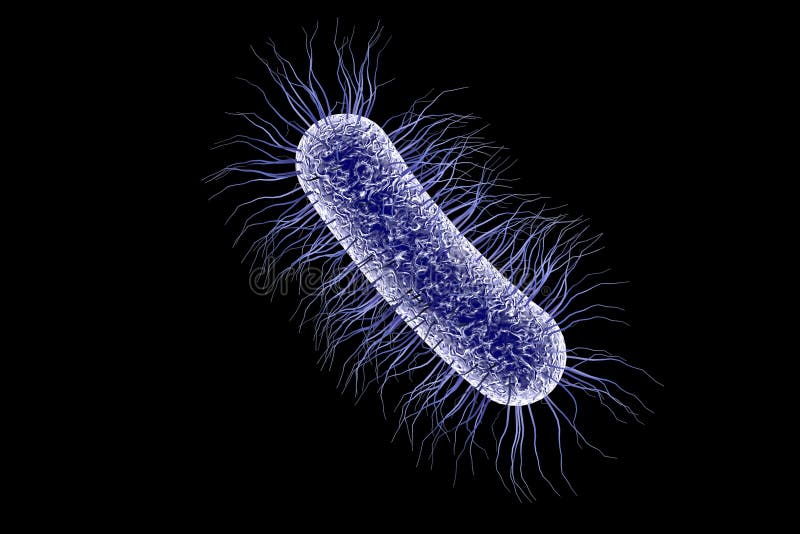
E Coli Bacterie In Bloed Oorzaken, Symptomen En Behandeling
Escherichia coli (E. coli) is a bacteria that is commonly found in the lower intestine of warm-blooded organisms. Most E.coli strains are harmless, but some can cause serious food poisoning. Shiga toxin-producing E. coli (STEC) is a bacterium that can cause severe foodborne disease. Primary sources of STEC outbreaks are raw or undercooked.

Escherichia coli (E. coli) bacteria [image] EurekAlert! Science News
E. coli is a group of bacteria that can cause infections in your gut (GI tract), urinary tract and other parts of your body. Most of the time, it can live in your gut without hurting you. But some strains can make you sick with watery diarrhea, vomiting and a fever. Shiga toxin-producing E. coli (STEC) is most likely to cause severe illness.
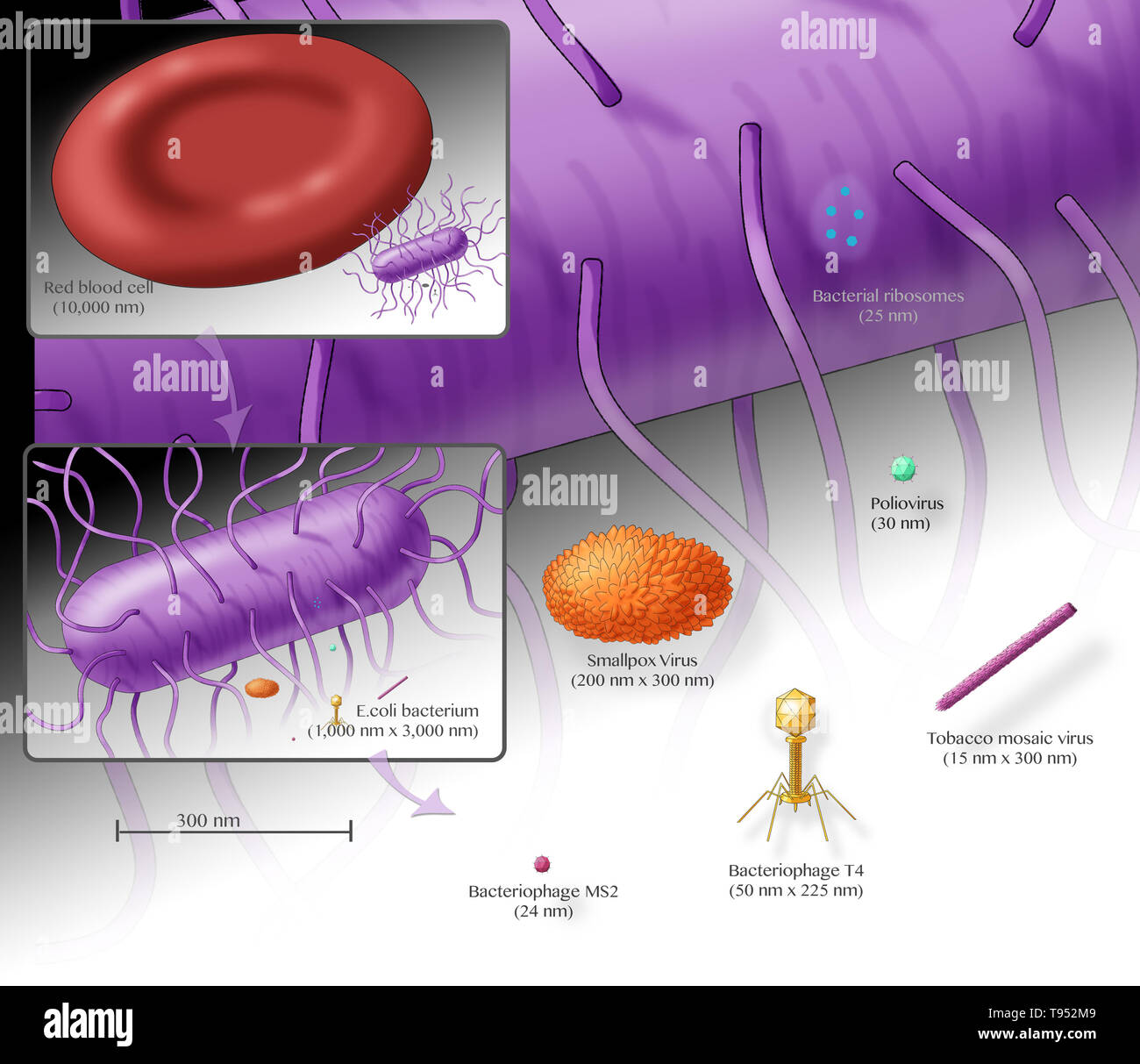
Illustration showing the relative sizes of an E. coli bacterium (top, purple) and several
Escherichia coli (E. coli) is a gram-negative bacillus known to be a part of normal intestinal flora but can also be the cause of intestinal and extraintestinal illness in humans. There are hundreds of identified E. coli strains, resulting in a spectrum of disease from mild, self-limited gastroenteritis to renal failure and septic shock. Its virulence lends to E. coli's ability to evade host.

Escherichia coli bacteria in blood, illustration Stock Image F017/3835 Science Photo Library
Symptoms. Signs and symptoms of E. coli O157:H7 infection usually begin three or four days after exposure to the bacteria. But you may become ill as soon as one day after exposure to more than a week later. Signs and symptoms include: Diarrhea, which may range from mild and watery to severe and bloody. Stomach cramping, pain or tenderness.
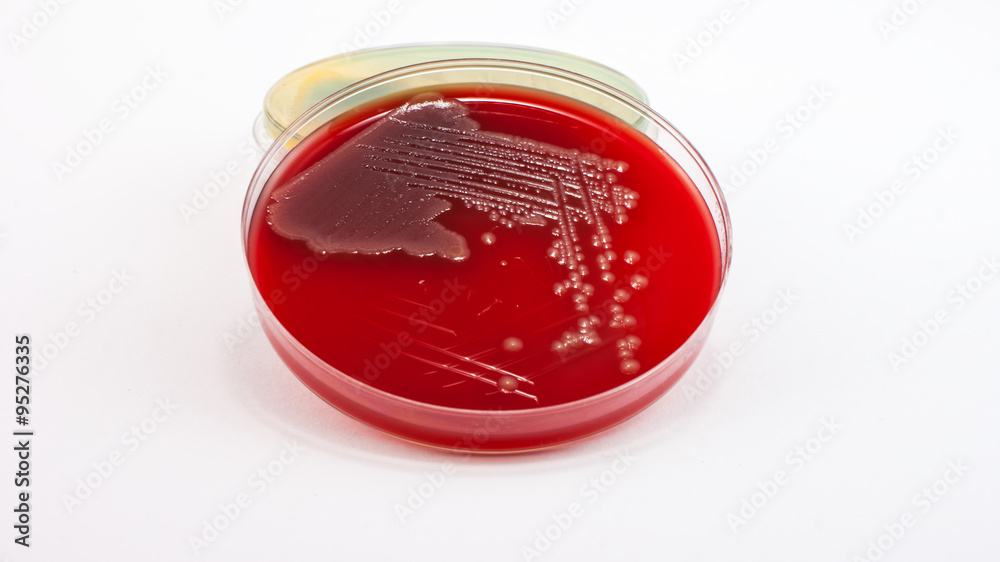
Escherichia Coli bacteria on columbia blood agar Stock Photo Adobe Stock
In dit geval wordt de bacterie ook wel HUSEC hemolytisch uremisch syndroom E. coli (hemolytisch uremisch syndroom E. coli) genoemd (HUS veroorzakende E. coli). De E. coli's kunnen nog verder onderscheiden worden met de O- en H-serotypering. Voorbeelden van de meest ziekmakende EHEC-soorten zijn O157:H7 en O104:H4. Ziekteverschijnselen
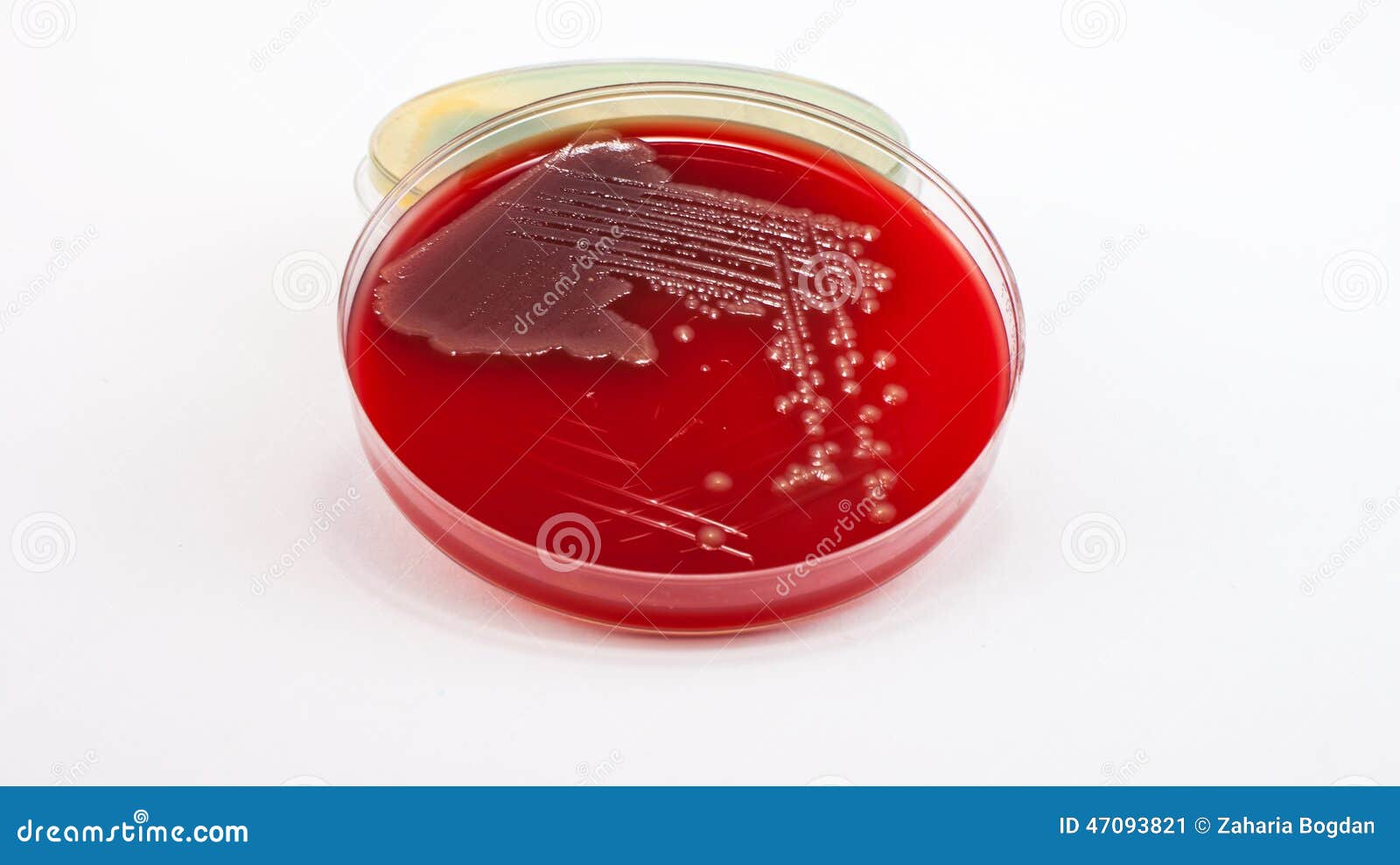
Escherichia Coli Bacteria On Columbia Blood Agar Stock Photo Image 47093821
Escherichia coli (/ ˌ ɛ ʃ ə ˈ r ɪ k i ə ˈ k oʊ l aɪ / ESH-ə-RIK-ee-ə KOH-ly) is a gram-negative, facultative anaerobic, rod-shaped, coliform bacterium of the genus Escherichia that is commonly found in the lower intestine of warm-blooded organisms. Most E. coli strains are harmless, but some serotypes such as EPEC, and ETEC are pathogenic and can cause serious food poisoning in.
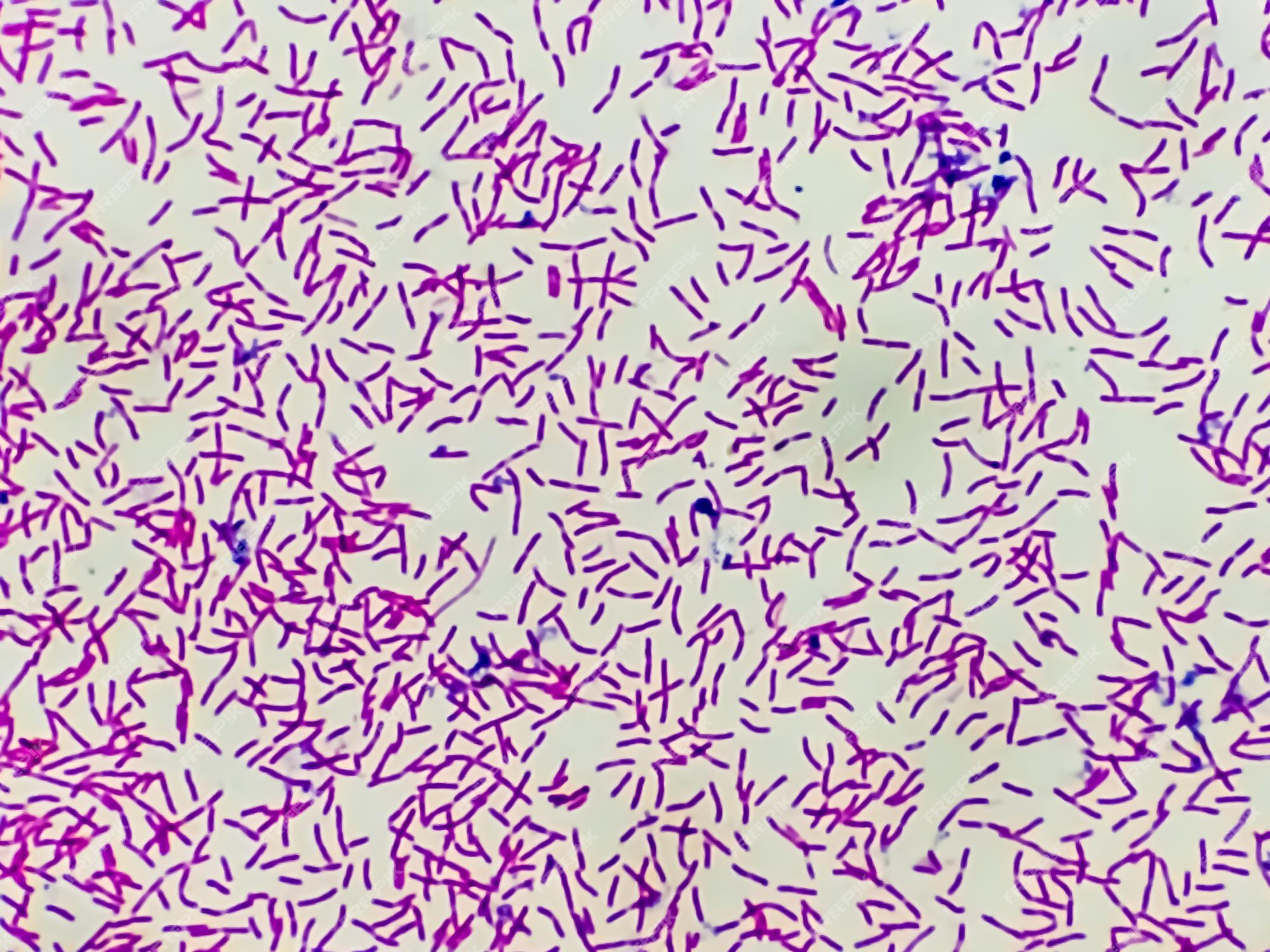
Premium Photo Microscopic view of gram stain showing rod shape escherichia coli or e. coli
Escherichia coli, often called simply E. coli, is a group of bacteria.There are different types of E. coli.Some types normally live in your intestines. If these E. coli get into other parts of your body, you can get sick. If other types of E. coli get into your intestines, you can also get sick.. Infections in your intestines can cause diarrhea (frequent, loose, or watery poop) and pain in.
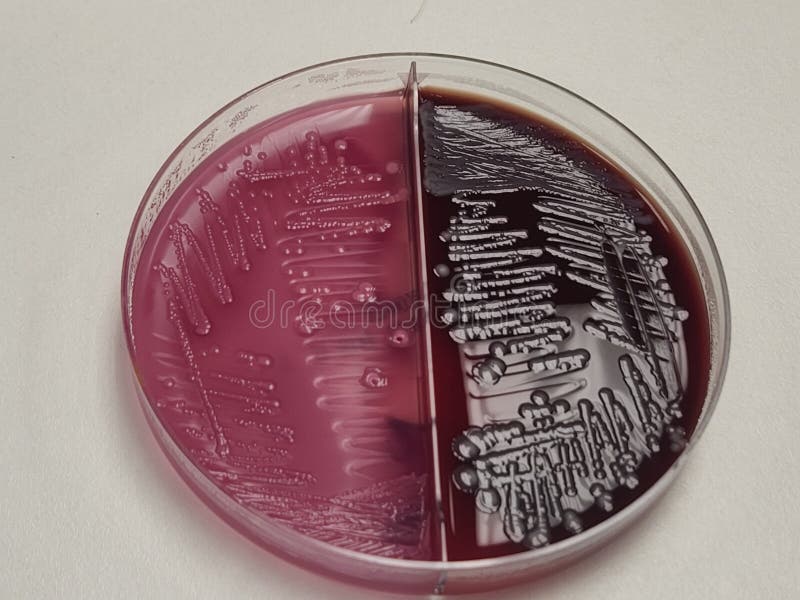
E. Coli Bacteria Growing on Blood and Macconkey Agar Stock Photo Image of science
Although E. coli requires NaCl to grow, high concentrations of NaCl significantly inhibited the growth rate of E. coli (Figure 1B). In fact, E. coli has the optimal concentration of NaCl at 0.5% (w/v) for growth (Abdulkarim et al., 2009) while it could gradually adapt to 11% NaCl, though it is not a halophilic bacterium (How et al., 2013).

Escherichia coli bacterium in blood, 3D illustration. Sepsis, bacteriemia Stock Photo & Stock
Some of the most common ways include: during the processing of raw meat. when food is handled by a person infected with E. coli. during the growing or harvesting of fruits and vegetables. this is possible if the produce comes into contact with contaminated manure or water. when raw food is handled improperly, which can lead to cross-contamination.

Escherichia coli bacteria on blood agar Stock Image F032/3245 Science Photo Library
Escherichia coli (E. coli) is a bacterium commonly found in the gut of warm-blooded organisms. Symptoms of an E. coli infection include abdominal pain, nausea, and diarrhea. Most strains of E.

Escherichia coli bacteria on blood agar Stock Image F032/3244 Science Photo Library
vomissements. vives crampes d'estomac. diarrhées aqueuses ou sanglantes. Les symptômes apparaissent dans les 10 jours suivant l'exposition à la bactérie E. coli. La majorité des symptômes disparaissent en l'espace de 5 à 10 jours. La majorité des gens se rétablissent d'eux-mêmes, mais certains peuvent développer une maladie.
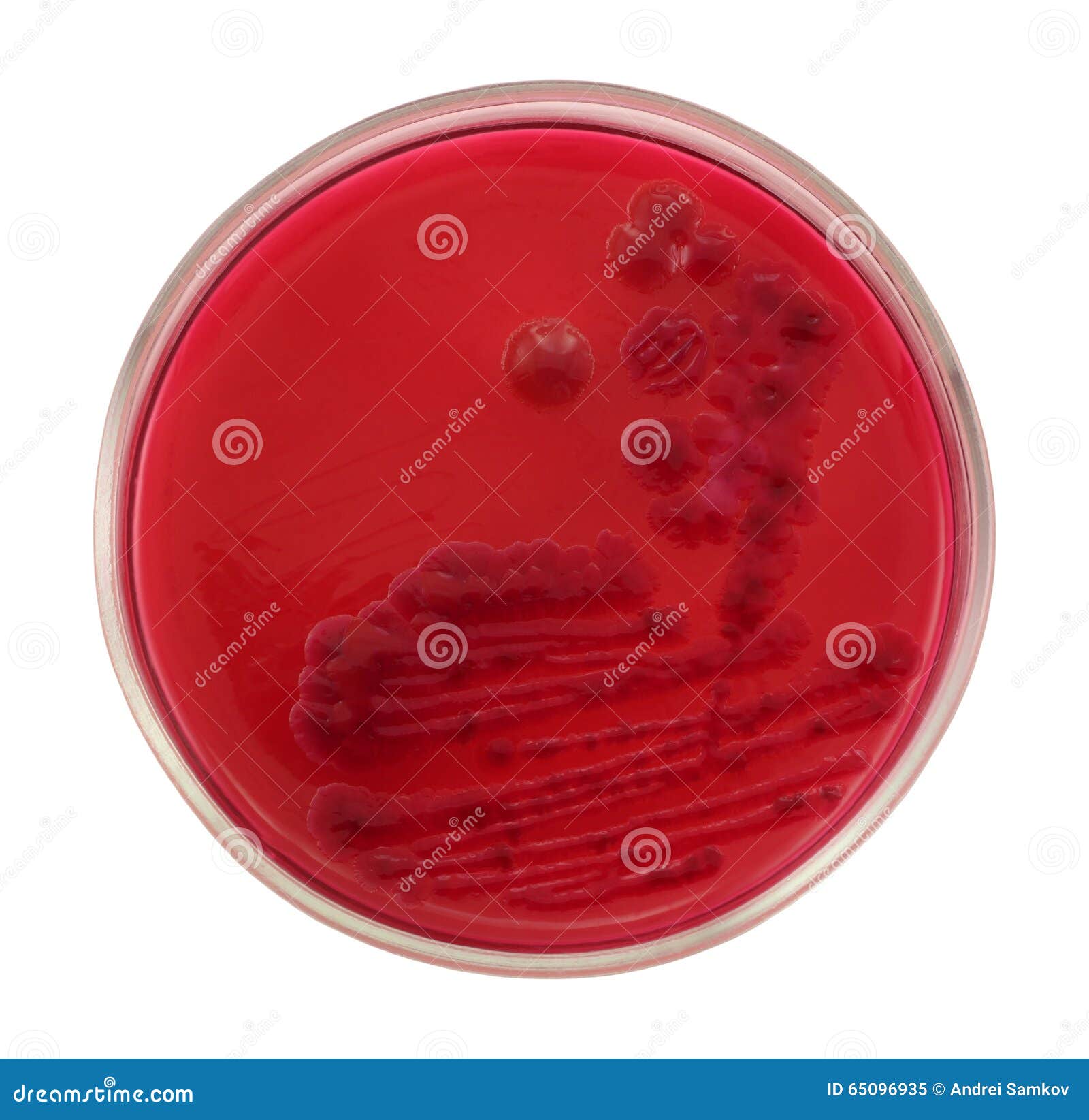
Escherichia Coli Bacteria On Columbia Blood Agar RoyaltyFree Stock Photo
Publications. Guidelines for Canadian Drinking Water Quality: Guideline Technical Document - Escherichia coli. Food safety for vulnerable populations. Date modified: 2021-10-21. About E. coli, causes, symptoms, risks, treatment, prevention, surveillance information and guidance for health professionals.

Escherichia coli bacteria,TEM Stock Image C012/9924 Science Photo Library
À propos d'E. coli, les causes, symptômes, risques, traitement, prévention, surveillance et directives pour les professionnels de la santé. Passer au contenu principal Passer à « Au sujet du gouvernement »
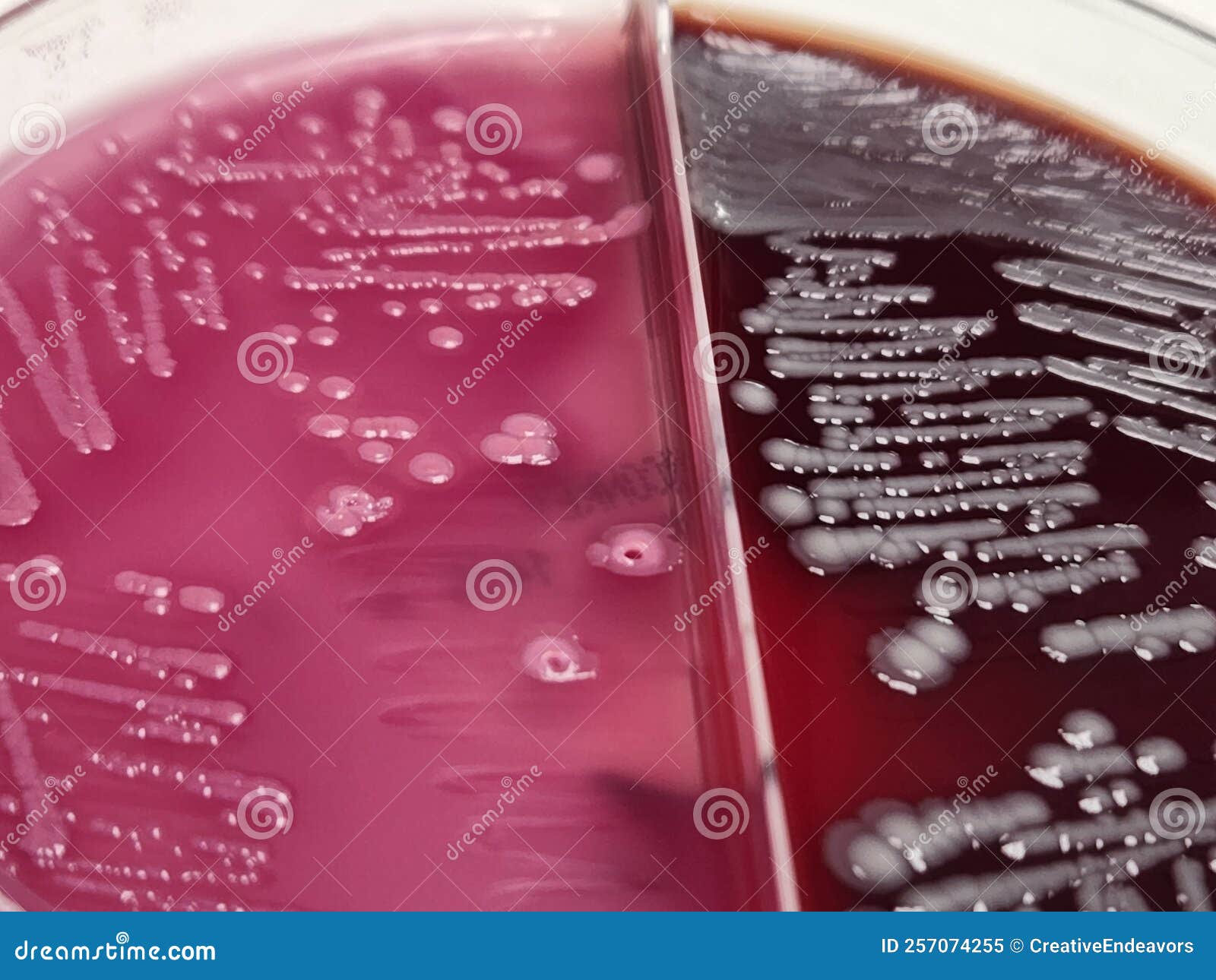
E. Coli Bacteria Growing on Blood and Macconkey Agar Stock Image Image of medicine, safety
EHEC-bacterie symptomen: (bloedige) diarree en buikkrampen. Shiga toxicogene Escherichia coli (STEC) bacterie symptomen. Buikpijn onderbuik: links/rechts, oorzaken bij man en vrouw. Buikgriep: symptomen, oorzaak, behandeling en preventie. Ontlasting: oorzaken bloed en slijm in poep en kleur en geur.
- Neil Young Look At My Life
- Duits Voetbalelftal Japans Voetbalelftal Tijdlijn
- Nokia Met Whatsapp En Wifi
- Hotels Aan Belgische Kust Met Zeezicht
- Ginny And Georgia Seizoen 3 Wanneer
- Arc Teryx Alpha Sv Lunar New Year Jacket
- Space Mission Analysis And Design Pdf Free
- Ford Mustang Mach E Black
- Weer Playa Del Ingles Gran Canaria
- Alpe D Huez Piste Map